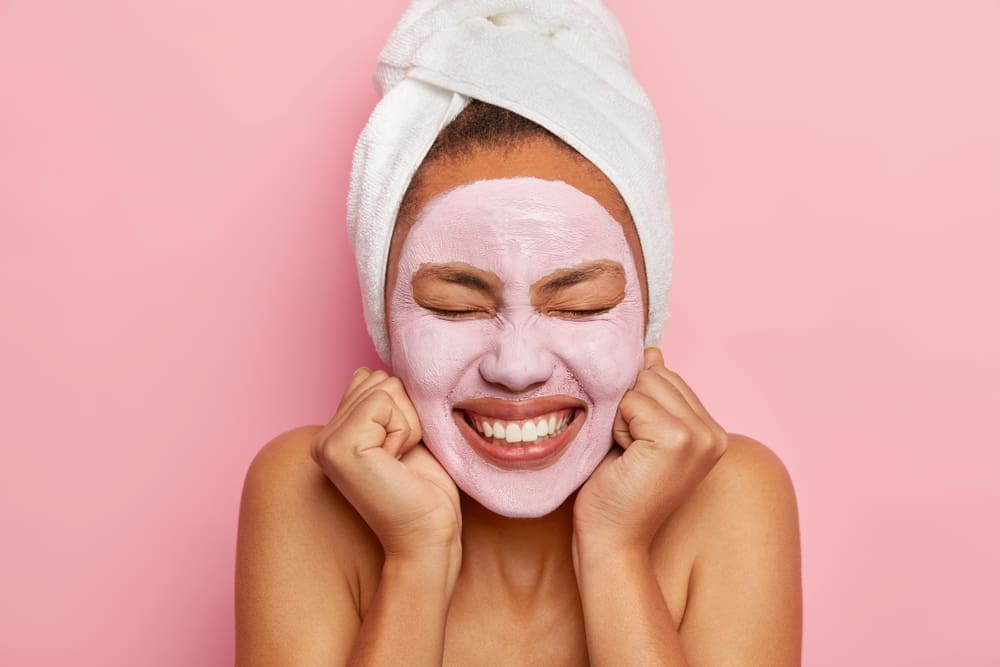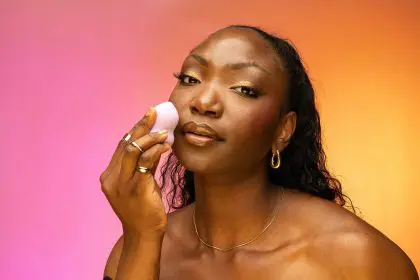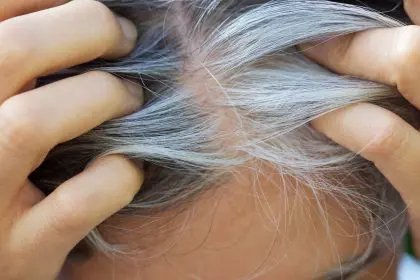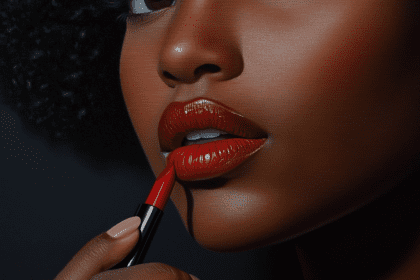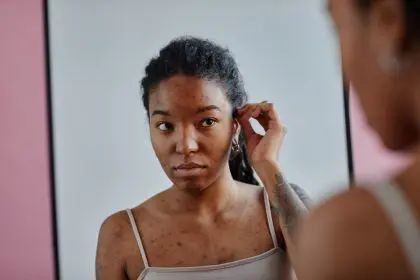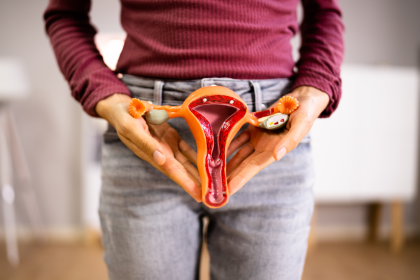You slap on a face mask expecting glowing, refreshed skin, but instead you’re left with redness, breakouts, or irritation that wasn’t there before. If your skin looks worse after using face masks, you’re not alone, and it’s probably not the mask’s fault — it’s likely how you’re using it.
Face masks can be incredible skincare tools when used correctly, but common mistakes turn them into skin saboteurs that do more harm than good.
You’re overdoing it with frequency
One of the biggest reasons your skin looks worse after face masks is overuse. Many people think if one mask per week is good, then three or four must be better. This couldn’t be further from the truth, especially with active ingredients like clay, acids, or exfoliating masks.
Over-masking strips your skin of natural oils, disrupts your skin barrier, and causes irritation that manifests as redness, dryness, or breakouts. Your skin needs time to recover between treatments, and constant masking prevents this natural healing process.
Most face masks should be used no more than 1-2 times per week. Clay masks, in particular, should be limited to once weekly because they’re designed to draw out impurities and excess oil, which can be too harsh with frequent use.
Your skin is purging, not breaking out
When you start using masks with active ingredients like salicylic acid, retinol, or AHA/BHA acids, your skin might initially look worse before it gets better. This process, called purging, brings existing clogged pores to the surface faster than they would naturally emerge.
Purging typically happens in areas where you normally break out and should improve within 4-6 weeks of consistent use. If you’re seeing new breakouts in areas where you never typically have issues, that’s likely irritation rather than purging.
The key is distinguishing between purging and a negative reaction. Purging is temporary and confined to your usual problem areas, while irritation spreads to new areas and doesn’t improve over time.
You’re not patch testing new products
Jumping straight into using a new face mask on your entire face without patch testing is a recipe for disaster. Your skin might be sensitive to specific ingredients, and applying them all over your face can cause widespread irritation.
Always patch test new masks on a small area of your neck or behind your ear 24-48 hours before full application. This simple step can prevent your skin from looking worse after face masks and save you from days of irritation and recovery time.
Even masks from trusted brands can cause reactions if you have sensitivities to certain ingredients, so patch testing should be non-negotiable in your skincare routine.
You’re mixing incompatible ingredients
Using multiple active ingredients together or layering different treatments can cause chemical reactions that irritate your skin. For example, using a vitamin C mask followed by a retinol treatment can cause sensitivity and redness.
Similarly, using an exfoliating mask right after using acids in your regular routine can over-exfoliate your skin, leading to irritation, redness, and even micro-tears in your skin barrier.
Space out active treatments and avoid combining multiple exfoliating or acid-based products in the same routine. Your skin needs balance, not a chemical assault.
Your skin barrier is compromised
If your skin barrier is already damaged from over-cleansing, harsh weather, or previous irritation, adding face masks can worsen the problem. Compromised skin is more sensitive and reactive to ingredients that would normally be well-tolerated.
Signs of a damaged skin barrier include persistent redness, sensitivity to products that never bothered you before, excessive dryness, or skin that feels tight and uncomfortable. When your barrier is compromised, even gentle masks can cause irritation.
Focus on repairing your skin barrier with gentle, hydrating products before introducing masks back into your routine.
You’re leaving masks on too long
More time doesn’t equal better results when it comes to face masks. Leaving masks on longer than recommended can cause irritation, over-drying, or even chemical burns with certain active ingredients.
Clay masks, in particular, should be removed as soon as they start to dry and crack. Leaving them on until they’re completely dry can draw moisture from your skin rather than just excess oil, leading to irritation and redness.
Always follow the timing instructions on your mask packaging, and remove the mask immediately if you experience any stinging, burning, or unusual sensations.
You’re using the wrong mask for your skin type
Using masks formulated for different skin types can explain why your skin looks worse after face masks. Oily skin formulations might be too harsh for dry or sensitive skin, while hydrating masks might be too heavy for acne-prone skin.
Clay masks are great for oily skin but can be too drying for dry or sensitive skin types. Conversely, rich, creamy masks might clog pores on already oily skin, leading to breakouts.
Choose masks specifically formulated for your skin type and concerns, and don’t assume that what works for your friend will work for you.
Your application technique needs work
Applying masks too thickly, not covering all areas evenly, or using dirty hands or tools can all contribute to poor results. Uneven application can lead to patchy results and irritation in over-treated areas.
Always apply masks to clean skin with clean hands or a clean brush, and use a thin, even layer unless the instructions specify otherwise. Avoid the eye area and lips unless the mask is specifically designed for these sensitive areas.
You’re not following up with proper aftercare
What you do after removing a mask is just as important as the mask itself. Failing to moisturize after using a clarifying mask can leave your skin dry and irritated, while not cleansing properly after a hydrating mask can clog pores.
Always follow mask instructions for removal and aftercare. Most masks should be followed with a gentle moisturizer to restore hydration and support your skin barrier.
Bottom line? Your skin looks worse after face masks because of user error, not product failure. Proper frequency, patch testing, compatible ingredients, timing, and aftercare are crucial for getting the glowing results you’re after rather than irritation and breakouts.

